Contents
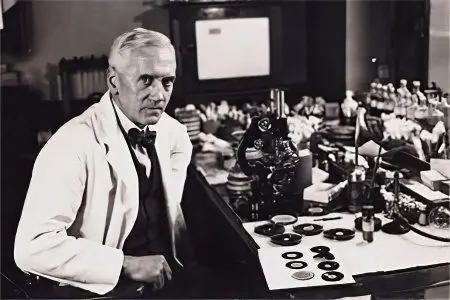
In our time, it is even difficult to imagine that once a banal injury – a cut, wound or burn – could cost a person their life due to infection and subsequent blood poisoning. And such serious diseases as pneumonia, meningitis, tuberculosis or syphilis almost always meant a death sentence for the patient and the previous long torment. During epidemics of plague, cholera, typhoid fever, and even influenza (“Spanish flu”), entire cities died out: the total number of victims of such outbreaks is estimated at tens and hundreds of thousands.
The history of the development of modern civilization is written with the blood of numerous soldiers who fell on the battlefields. Even now, there are pockets of armed confrontation on our planet, and even for many centuries before that, humanity was constantly shaken by internecine strife and territorial disputes. A minor injury, in which vital organs were not affected, still very often became the cause of death, since people did not suspect anything about bacteria and sanitary standards.
Today, in every pharmacy you can buy broad-spectrum antibiotics and defeat almost any infection in a matter of days. But such an opportunity appeared relatively recently: some 80 years ago, medicine had only a few effective antiseptics and antibacterial drugs at its disposal, and now there are hundreds of them. In a short time, pharmaceutical science has made a real breakthrough, but this achievement, oddly enough, has negative consequences.
From our today’s story you will learn the answers to many interesting questions:
In what year were antibiotics invented?
What was the first substance with antibacterial properties isolated from?
Who coined the term “antibiotic”, and what was the name of the first such drug?
The inventor of antibiotics – who is he, and how did he come to his great discovery?
When was the mass production of antibacterial agents launched?
What are the pros and cons of inventing new antibiotics?
The world before antibiotics
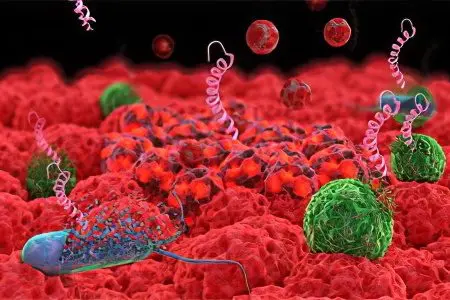
From the school course of the history of ancient times, we all once learned about the terrifyingly short life expectancy of people. Men and women who miraculously reached their thirties were considered long-lived, but it would be difficult to call them healthy: by this age, the skin was covered with numerous defects, teeth rotted and fell out, and internal organs were worn out due to poor diet and hard physical labor.
Infant mortality was rampant, and the death of women from “puerperal fever” was common. It is enough to look into the biography of famous people of the 12th – 6th centuries to see confirmation of this sad fact: for example, the family of the great writer and playwright Nikolai Vasilyevich Gogol had 6 children, including himself: 4 girls and XNUMX boys. Of these, only XNUMX sisters survived to adulthood, and the rest of Gogol’s brothers and sisters died either immediately after birth or in childhood from illness. And no wonder, because by the time the writer passed away, the inventor of antibiotics had not even been born yet.
However, at all times people have tried to find a remedy for infectious diseases, not even realizing their infectious nature and the danger of contact with carriers. And what could act as a source of medicines, no matter how gifts of nature? From herbs, fruits, seeds, roots and mushrooms, ancient healers tried to experimentally obtain healing potions for a variety of diseases – often unsuccessfully, but sometimes luck smiled at them. The most effective recipes passed from generation to generation, and traditional medicine developed. And everything new is, as you know, well-forgotten old. Therefore, the true inventor of antibiotics must have lived and healed people many centuries before countless boxes of pills appeared on modern pharmacy counters.
Ancient history and the Middle Ages
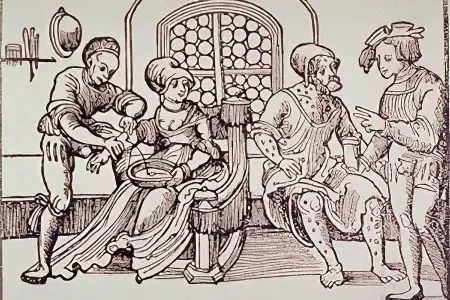
It is known that about two and a half millennia ago, in Chinese monasteries, gruel made from fermented soy flour was used to treat festering wounds and cuts in warriors who were injured in a sword fight. The meaning of the technique is obvious: the yeast-like microorganisms contained in this impromptu “antiseptic” prevented the reproduction of pyogenic bacteria, and thus prevented blood poisoning.
Representatives of another wisest ancient civilization and the builders of the pyramids, the Egyptians, also had the inventor of antibiotics in their ranks. True, he did not do it for a good purpose – one of the court healers had the idea to tie the ankles of slaves damaged by shackles with bandages with moldy bread. This made it possible to extend the life of the unfortunate and make them work in the quarries longer.
In medieval Europe, a similar method of treating festering wounds was born: they were treated with cheese whey. The principle of action is the same – yeast against bacteria. Of course, then the doctors did not own either of these two concepts, but this did not prevent them from applying bandages soaked in serum to festering wounds received by warriors on the fields of numerous battles between kingdoms. The person who first came up with this method of treatment can also rightfully be called the inventor of antibiotics.
New and modern times
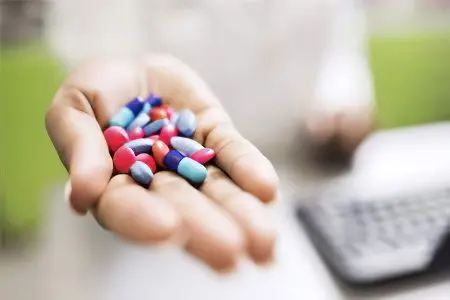
Just think – only at the beginning of the nineteenth century, when mankind had already stormed the ocean expanses and designed aircraft, people first realized the contagiousness of infections and introduced the term “bacteria” (in 1828 by Christian Ehrenberg). Prior to this, no doctor could trace a direct link between the contamination of wounds, their suppuration and the death of patients. In the infirmaries, bandages were applied to people from any available material and they were not changed, not seeing any need for it.
And in 1867, the British surgeon D. Lister put an end to this and even found a remedy to combat purulent infections and postoperative complications. He suggested using carbolic acid to disinfect wound surfaces, and for a long time this substance was the only hope for salvation for “severe” surgical patients. Lister – if not the inventor of antibiotics, then the discoverer of sanitation and antiseptics for sure.
The controversy in which a scientific discovery was born
The history of the invention of an antibiotic from mold fungi began in the 60s of the nineteenth century in Russia. Two scientists, Alexei Polotebnov and Vyacheslav Manassein, argued about the nature of the most ancient trouble – mold, which is very difficult to deal with. Polotebnov believed that mold is a kind of progenitor of all microbes living on Earth. Manassein strongly disagreed with this point of view – he believed that the mold has a unique biological structure and is fundamentally different from other microorganisms.
To support his opinion with facts, Manassein began to study green mold and soon discovered that there were no colonies of bacteria in the immediate vicinity of its strains. From this, the scientist concluded that mold prevents microbes from multiplying and eating. He shared the results of his observations with Polotebnov, who admitted he was wrong and took up the invention of an antiseptic emulsion based on mold. With the resulting remedy, the former opponent of Manassein was able to successfully treat skin infections and non-healing wounds.
The result of the joint research work of the two scientists was a scientific article entitled “The Pathological Significance of Mold”, which was published in 1872. But, unfortunately, the then international medical community did not pay due attention to the work of Russian specialists. And they, in turn, did not translate their research into the development of a drug for internal use, and limited themselves to a local antiseptic. If not for these circumstances, who knows – perhaps a Russian scientist would have become the inventor of antibiotics.
Significance of the invention of antibiotics

At first glance, the value of this discovery is so obvious that it remains only to erect a monument to the inventor of antibiotics and enjoy the fruits of his labors. In the middle of the last century, it was precisely this opinion that prevailed in scientific circles: the medical community was overwhelmed with euphoria from the realization of the opportunities that antibiotics give humanity. In addition to penicillin, streptomycin was soon invented by Waxman, active against mycobacterium tuberculosis, and it seemed that now there were no obstacles to the complete eradication of epidemics devastating entire cities.
However, even the inventor of antibiotics himself, Alexander Fleming, foresaw the dual consequences of the use of antibacterial drugs and warned of the possible danger. Being a brilliant microbiologist and understanding the principles of the evolution of living organisms, Fleming was aware of the possibility of the gradual adaptation of bacteria to the weapons with which people would try to destroy them. And he did not believe in the complete and unconditional victory of medicine over infections. Unfortunately, the inventor of the first antibiotic turned out to be right again…
positive aspect

The era of antibiotics has changed the world beyond recognition:
Life expectancy has doubled or tripled in some countries;
Infant mortality has decreased by more than 6 times, and maternal mortality by 8 times;
The course of treatment for most bacterial infections now takes no more than 21 days;
None of the previously deadly infectious diseases are now even 50% lethal;
Over the past half century, only a few cases of pandemics (large-scale epidemics) have been recorded, while the losses were in the hundreds of people, and not tens of thousands, as before the invention of antibiotics.
But is it possible to say with all this that medicine has defeated infections? Why have they not disappeared from the face of the Earth in 80 years of antibiotic use?
Negative aspect
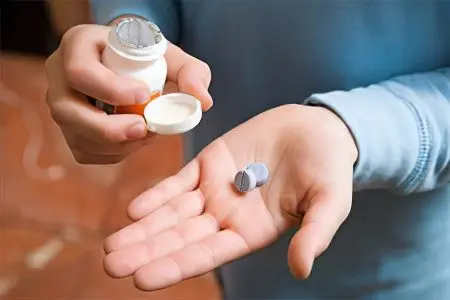
By the time Fleming, the inventor of antibiotics, gave humanity hope in the form of penicillin, science already knew a considerable number of pathogenic and opportunistic microorganisms. Since it turned out that some of them were resistant to penicillin, scientists began to develop other groups of antibiotics – tetracyclines, cephalosporins, macrolides, aminoglycosides, and so on.
There were two ways: either try to find a remedy against each specific pathogen, or create broad-spectrum drugs in order to be able to treat common infections without recognition and even cope with diseases of mixed bacterial etiology. Of course, the second way seemed more reasonable to scientists, but it led to an unexpected turn.
Under the action of antibiotics, bacteria began to mutate – this mechanism is inherent in nature in any form of life. New colonies inherited genetic information from dead “ancestors” and developed mechanisms of protection against the bactericidal and bacteriostatic effects of drugs. Until recently, the treatment of diseases that were well amenable to antibiotic therapy became ineffective. Scientists invented a new drug, and bacteria – a new weapon. With the wide distribution and free sale of antibiotics, this process has acquired the character of a vicious circle, from which science has not yet been able to escape. We have created thousands of new types of bacteria with our own hands, and we continue to do so.
The problem of resistance
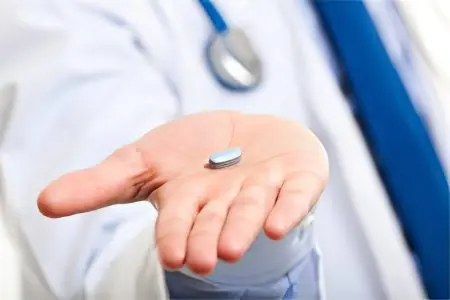
Gene mutations and acquired resistance to antibiotics, which the inventor of penicillin Alexander Fleming warned about, are the harsh reality of our days. Moreover, nature bypasses man in this “arms race” at an ever-increasing rate.
Here are a few examples:
Tetracycline – appeared in 1950, bacteria resistant to it – in 1959;
Methicillin – in 1960, resistant bacteria – in 1962;
Vancomycin – in 1972, resistant bacteria – in 1988;
Daptomycin – in 2003, bacteria – a year later, in 2004.
How is this possible? The fact is that bacteria multiply very quickly – literally every 20 minutes a new colony appears, which inherits genetic information from previous generations. The more often a patient is treated with the same drug, the better he “acquaints” his pathogenic flora with it, and the higher the likelihood that the bacteria will mutate for reasons of self-defense. And if a person takes antibiotics from different groups uncontrollably, bacteria can grow in his body that are resistant to several or even all antibacterial drugs at the same time! This phenomenon is called multiresistance and poses a huge threat.
The first such bacteria were discovered back in the 60s of the twentieth century, that is, only 20 years after the invention of antibiotics and the start of their mass use. Further – worse. For example, in 1974 in the United States about 2% of cases of staphylococcal infections were resistant to methicillin, in 1995 – 22%, in 2007 – 63%. And now MRSA (multidrug-resistant staphylococcus aureus) claims 19 lives every year in America alone.
The mutation of bacteria, which the inventor of antibiotics Fleming himself warned about, has now become a catastrophe for three reasons:
People take antibiotics without need and control. Medicine and pharmacy are thoroughly commercialized, doctors prescribe antibacterial drugs, even knowing that they will not help, plus pharmacists dispense such pills without a prescription to all self-medicate lovers;
New antibiotics are virtually non-existent. The invention, testing, certification and commercial launch of such drugs costs several million dollars. It is much easier and more profitable to take an active substance that already has an international proprietary name, release it under a different brand, advertise it and start raking in money;
Antibiotics enter our body with food. Suffice it to say that about 80% of the U.S. antimicrobial market is oriented not to medicine, but to the food industry – with their help, food manufacturers avoid losses from livestock diseases and the activity of pests that affect fruit and cereal crops. In Russia, at the local level, the situation is much better, but one cannot ignore the flow of cheap imports.
The saddest thing is that humanity itself is to blame for this situation. In order to correct it, or at least delay the dangerous consequences, international efforts, universal awareness and determination are required. But in fact, people are guided only by commercial considerations.
Conclusions and perspectives
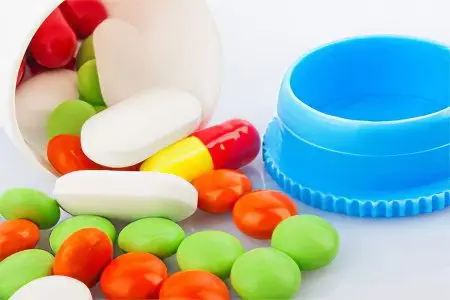
Did the inventor of antibiotics “give us a pig” by inventing penicillin back in 1928? Of course not. But, as is often the case with formidable weapons that fell into the hands of a person, antibiotics were misused, which led to new trouble.
Sir Alexander Fleming made clear three main principles for the use of antibiotics:
Identification causative agent and the appointment of the appropriate drug;
Dosage selection, sufficient for a complete and final recovery;
Continuity course of treatment and accuracy of admission.
Unfortunately, people often neglect these simple and reasonable rules: they don’t get tested, they don’t go to the doctor, they buy antibiotics at the pharmacy on their own, take them until the unpleasant symptoms are relieved, and quit therapy halfway through. This is the surest way to mutation and acquired resistance – crippled, but not finished off by antibiotics, bacteria remember their “offender”, invent another enzyme with which they can dissolve its cell membranes and devour, and pass the weapon into the hands of the next generations. This is how multiresistance is formed – a new problem of modern infectology, which was foreseen by Fleming, the inventor of antibiotics.
Although we cannot influence the policy of pharmaceutical and food corporations, we are quite capable of starting to treat our own health and the health of our children in the right way: try to choose safe foods, take antibiotics only when really necessary and strictly as directed by a doctor.









